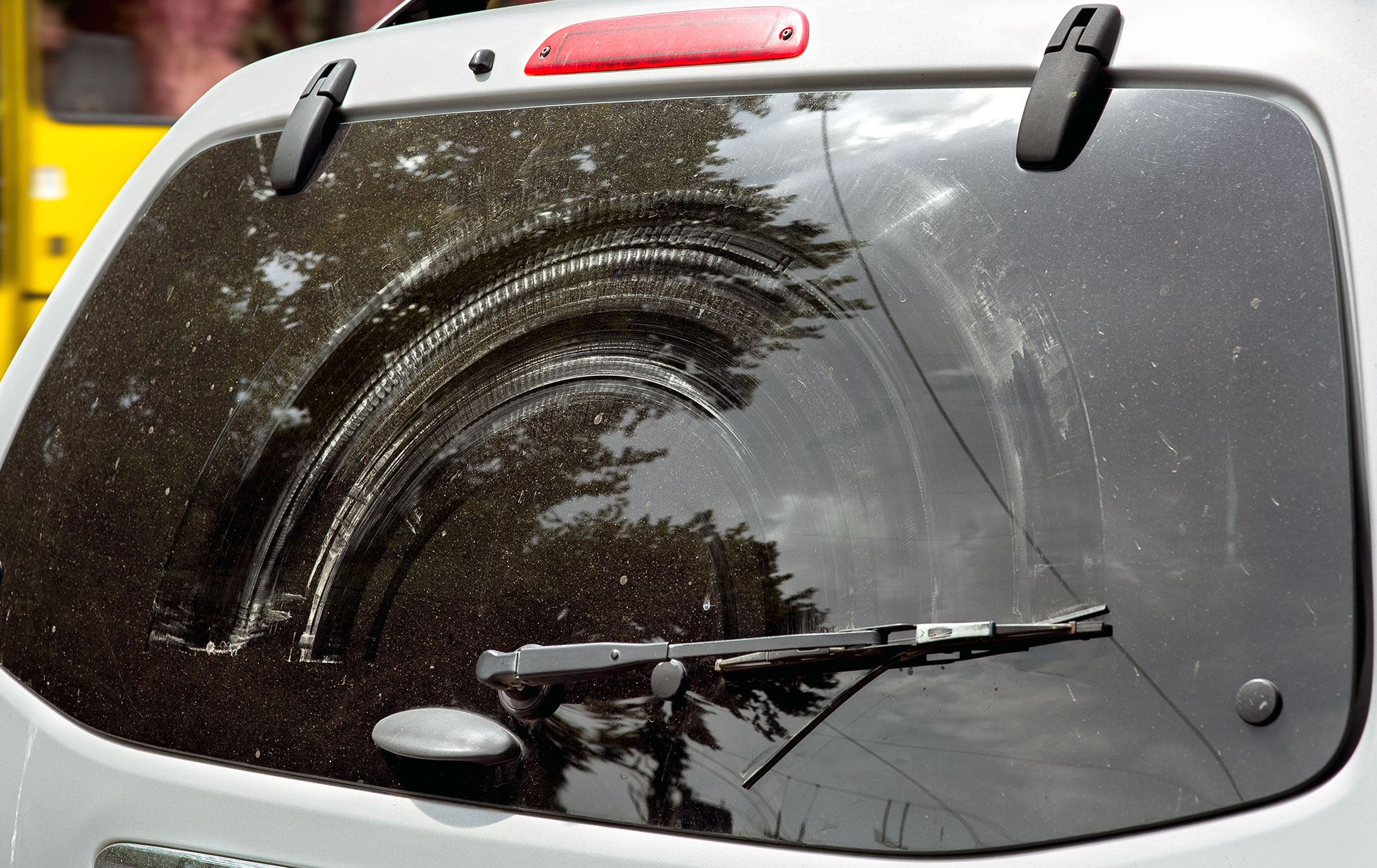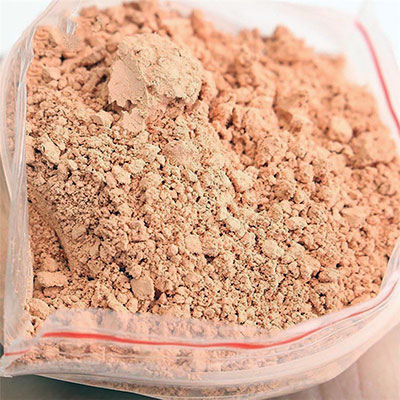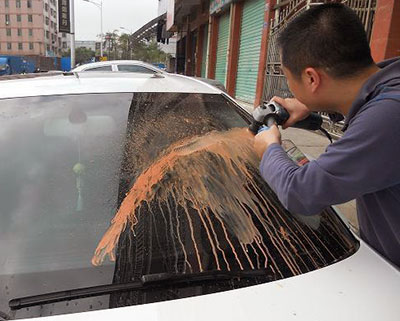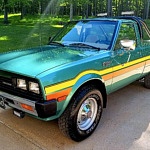Contents
Why Do Windshield Scratches Happen?
The number-one cause of glass scratches is old wiper blades. Despite all the love you lavish on your car, a degraded rubber wiper insert might escape your notice. Perhaps your car’s wiper arm made contact with the glass, producing an ugly arced scratch.
Read: How to Change Your Windshield Wipers

An old wiper blade is the number one culprit for a scratched windshield.
Another major cause of scratches is dirt and road debris. If a small, sharp piece of debris is left on your windshield before you wipe the glass with a rag or microfiber, that dirt could cause a scratch as you swipe.
The best practice is to first liberally spray the glass with a quality glass cleaner to remove any potentially damaging pieces before giving your windshield a thorough cleaning.
How to Identify Scratched Glass
Before you try any of the remedies listed below, get some quality glass cleaner and a plush microfiber cloth, and clean the inside and outside of your windshield. If you’re lucky, what you thought was a scratch is merely stubborn dirt or streaky residue.
Ensure you are looking at a scratch and not a crack or chip. A crack is more severe, and if left untreated, it might expand over time. Professional glass repair companies sometimes use compounds to fill those cracks to avoid a costly replacement.
Read: An Easy Guide Windshield Chip Repair
Next, take your fingernail and drag it across the scratch. The more the fingernail digs in, the more profound the scratch is. Unfortunately, deeper scratches can require more complicated repairs. With a deep scratch, expect to spend more time buffing and polishing, and some of the home remedies may be less effective.
Shop now for auto glassRepairing Scratched Glass
There are two basic ways of repairing a scratched piece of glass. Either fill in the scratch, or smooth the edges of the scratch by polishing it to remove any noticeable damage.
Filling in a Scratch
With these methods, use a substance to fill in the scratch. The goal is to make the scratch less noticeable.
Paste wax – Rub a small amount of paste wax into the scratch and surrounding area. Let the wax haze up, then buff it off with a cloth. Use your fingernail to check again for that scratch. If necessary, repeat the process by building up layers of wax until the scratch is not visible. The wax doesn’t remove the scratch, but fills it in. Reapply the compound every few months as the wax wears off.
Clear nail polish – Apply a thin layer of clear nail polish to the scratch. Again, this option does not remove the scratch but makes it less noticeable by filling it in. You can add additional layers of nail polish if the scratch is deep. Use thin layers each time to avoid a blob. If you don’t like the final result, you can use nail polish remover to take off the nail polish.
Polishing the Scratch to Remove It
With this polishing process, you use an abrasive to grind down the scratch’s rough edges. There are various compound choices, but the process is similar for each product.

Cerium oxide
Here are some typical products used to polish a glass scratch:
Cerium oxide – Cerium oxide is the professional’s choice when working with deep scratches. It’s an abrasive powder you mix with water, resulting in a paste. Use a cloth buffer on the end of a drill or Dremel to rub the compound onto the glass. Do not use too much pressure, which can overheat the glass, and stop frequently to evaluate how the paste works. Wear gloves, eye protection, and a mask when working with cerium oxide, which is a health hazard.
Plastic scratch removers – There are many acrylic plastic scratch removers available on eBay. Although marketed for plastic repair, they also can be effective on glass. Apply the product following the directions. These products contain clay and aluminum oxides that act as mild abrasives and might remove a glass scratch.
Toothpaste – Get white toothpaste—not a gel—and rub it over the scratch with a cloth. Toothpaste is a mild abrasive and can fix a slight scratch.
Baking soda – Another home remedy is making a paste from baking soda and water. Like toothpaste, this mixture is a mild abrasive that can remove minor scratches.

Applying cerium oxide with a cloth buffer on a drill is the professional approach.
These are the basic steps for all the various compounds:
- Use a glass cleaner and cloth on the area. Small glass particles or dirt in the scratch should be removed before the repair.
- Apply a small amount of the compound to the area where the scratch is located.
- Using slight pressure and a cloth, rub in a circular motion. As the compound dries, moisten it with a mist of water and keep rubbing.
- As an alternative to human power, consider using a polishing buffer on a drill. Be sure to control the drill and keep it focused on the scratched area. Do not let the drill overheat the glass using a high rpm setting. Keep it at 1,000 rpm or less.
- If you have a long scratch, consider using an orbital polisher with a small pad (preferably three inches).
- Pause frequently to clean off the compound residue and assess your progress. Your goal is to softly feather the edges of the scratch so that your fingernail can no longer catch on the damaged glass.
- Once you are satisfied with the results, clean the glass.
If the scratch doesn’t go away and is still distracting your attention, it’s probably time to get your windshield replaced. While many minor scratches can be repaired with these remedies, they don’t always work. At least you tried. But at the end of the day, the most important thing is to drive with a clear, scratch-free view of the road.
Shop now for auto glass




